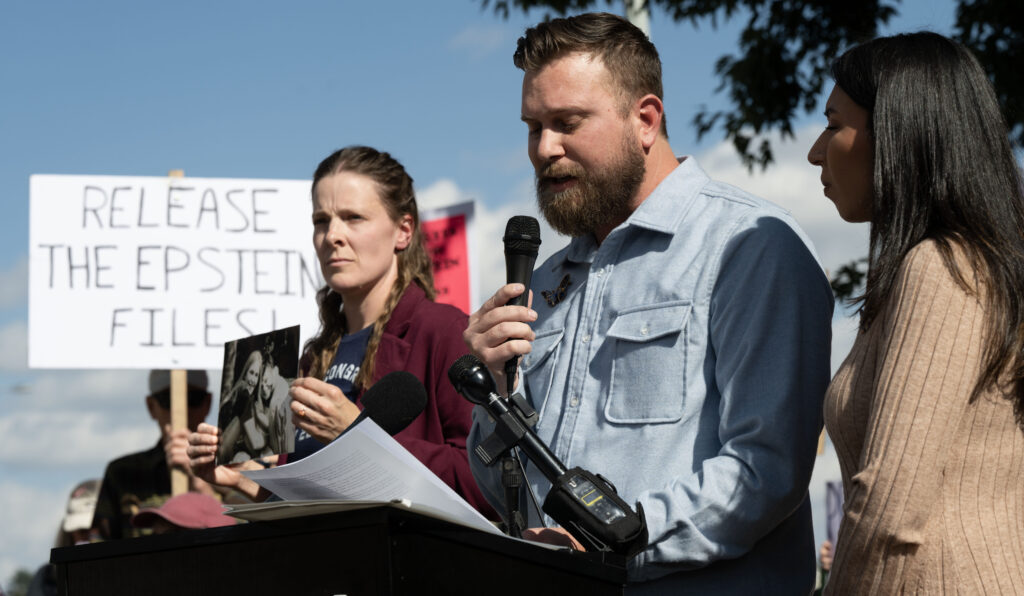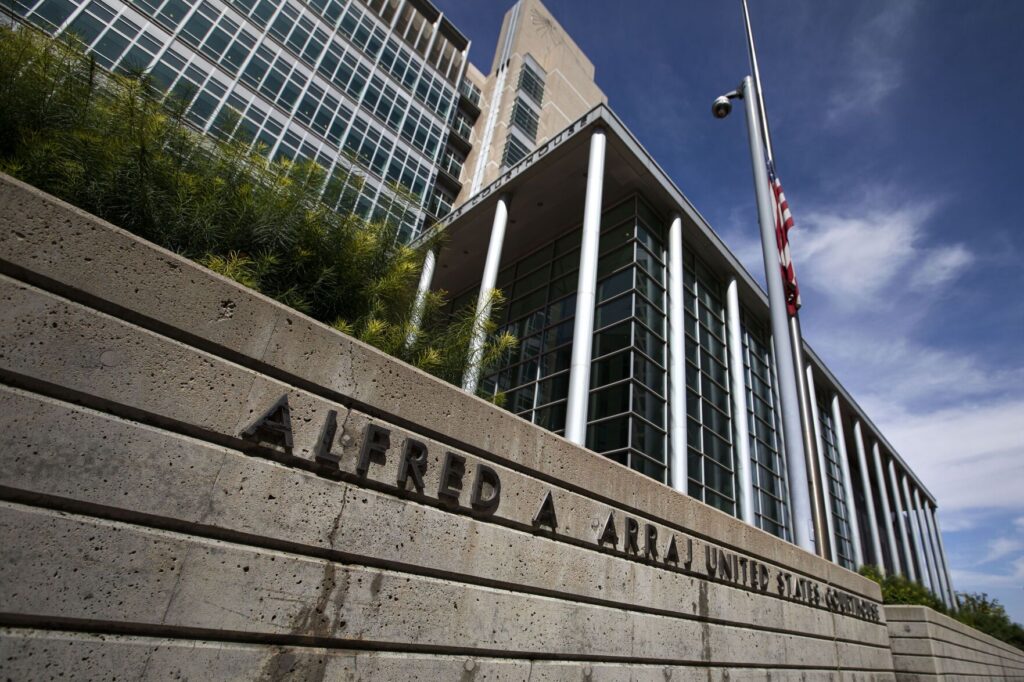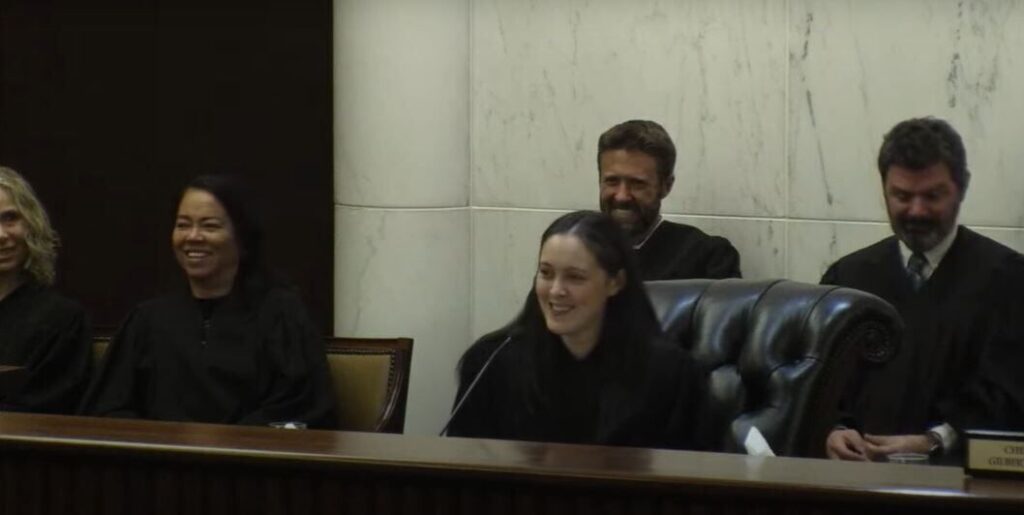Colorado Parks and Wildlife to release Copper Creek wolf pack pups, breeding female in 2025
The five remaining members of a new wolf pack — earlier relocated from Grand County to an undisclosed area following allegations of killing livestock — will be released into one of the three counties targeted for wolf reintroduction in 2025, according to Colorado Parks and Wildlife.
Travis Duncan, a spokesperson for the wildlife agency, told Colorado Politics on Friday that the agency plans to release the four pups and the breeding female of what officials have dubbed the “Copper Creek” pack in the upcoming January releases in Garfield, Eagle and — or — Pitkin counties.
The agency plans to introduce up to 15 wolves from British Columbia in the same counties.
Officials decided to make the move despite the state wolf management plan saying that the “translocation of depredating wolves to a different part of the state will not be considered, as this is viewed as translocating the problem along with the wolves.”
The agency defended its decision.
Duncan said the wolf management plan “is not regulatory and calls for flexibility and may not at times account for every unique situation the agency encounters.”
He said the Copper Creek pack situation is “very unique.”
“The male adult wolf was involved in multiple depredations. Removing the male at that time, while he was the sole source of food and the female was denning, would likely have been fatal to the pups and counter to the restoration mandate,” Duncan said.
The Copper Creek pack, including the male, was captured in September after multiple allegations that the male — and the female of the breeding pair — killed up to a dozen livestock in Grand County. The male was in poor health and died several days after the capture, officials said.
Last month, CPW released a statement saying it is “committed to engaging further with county officials, local producers, and other stakeholders in areas where wolves currently reside and in locations where wolves may be released in the future.”
The agency is holding a meeting on Tuesday in New Castle to talk to the community about wolves, according to Garfield County Commissioner Tom Jankovsky.
Colorado Politics contacted county commissioners in the three counties and is awaiting a response.
Pitkin County, the only one of the three where voters approved the wolf reintroduction, has no state lands, so a private landowner must agree to allow the wolves on their property.
According to a discussion on communications with the state agency last month, Jankovsky said Eagle County has more state lands than Garfield County. The most significant state lands in Garfield County are just north of New Castle and near Rifle.
The first batch of Oregon wolves was released a year ago in Grand and Summit counties. Records from Oregon showed that several came from packs with a history of livestock depredation, despite the Colorado wolf plan saying wolves with such history would not be brought to Colorado.
The wildlife agency also failed to notify local ranchers and elected officials of the release, leading to a breakdown in communications and straining the relationships between the state and private landowners, including ranchers who have allowed the agency access to their lands for wildlife conservation and hunting.
On Monday, a year after the first release, the agency announced that it had developed a “conflict minimization” program that will include site assessments and range riders. The program will be implemented in the coming weeks, the agency said.
A petition to the Colorado Parks and Wildlife Commission to put a hold on more wolves is unlikely to be considered by the commission before the next batch of wolves is released. The petition came from a coalition of 26 livestock organizations, with backing from Colorado Counties, Inc.. The group represents 63 out of 64 counties in Colorado.
Colorado voters, primarily on the eastern side of the Continental Divide, narrowly approved a ballot measure in 2020 to put wolves into Western Slope counties, where voters had rejected the ballot measure.











